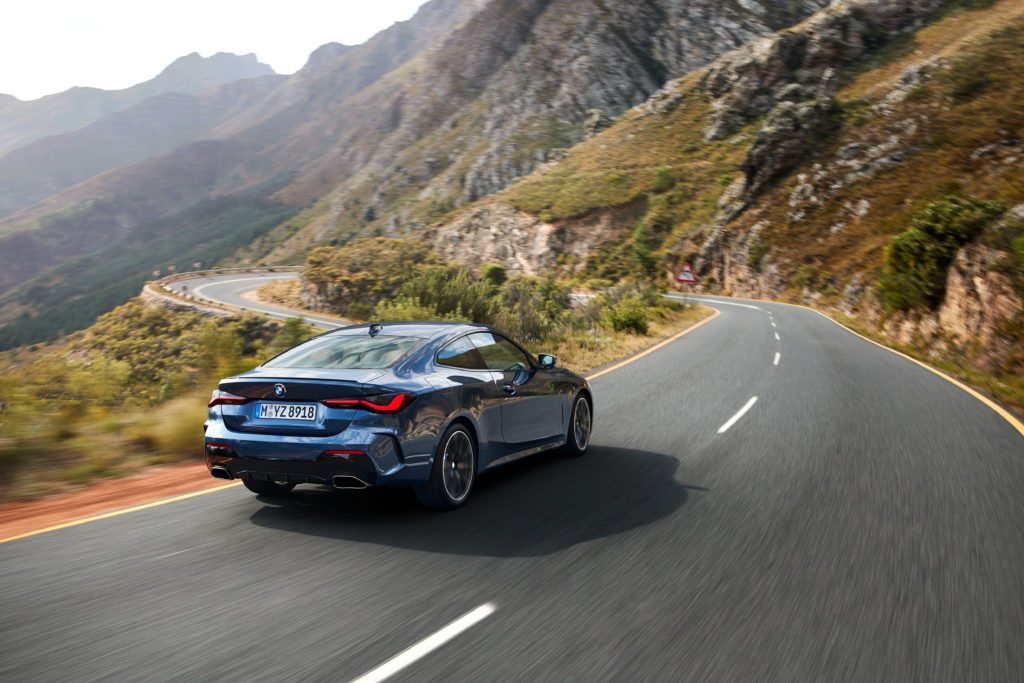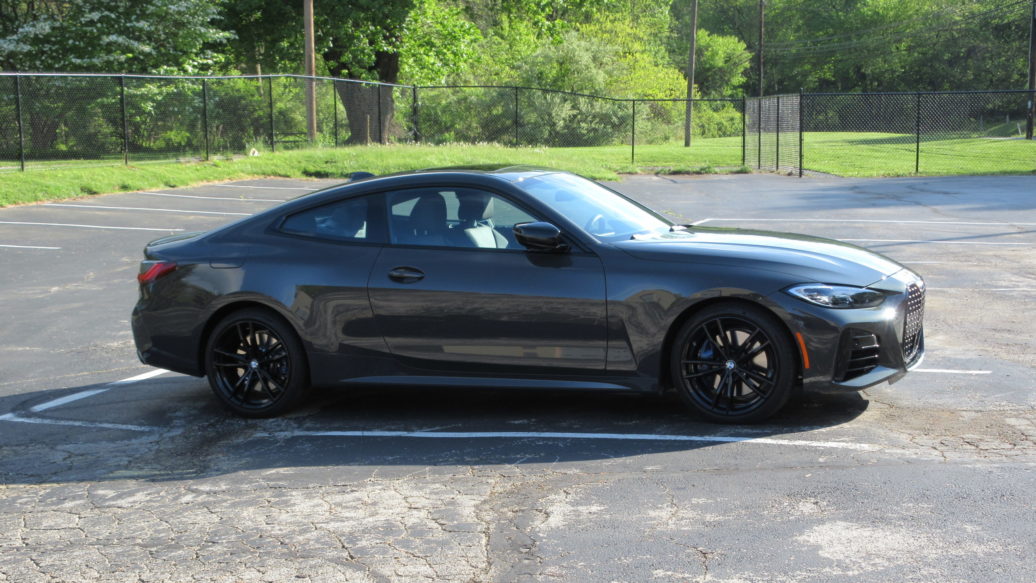I support the advancement of technology, but sometimes I can’t decide whether it is my friend or just an annoying adversary. While I appreciate the conveniences of the microwave oven, the personal computer, and the smartphone, I miss the simplicity of the click-and-turn volume knob, adjusting distributor points with a matchbook cover, and setting a manual handbrake.
It shouldn’t then surprise you that I’m slow to accept innovations that deduct decision-making from the equation. Whatever happens inside a television is its own business, and I don’t really need to know how my thermostat regulates the comfort of my home. But operating a vehicle seems like an undertaking that requires my active participation.
Electric power in a car just hasn’t caught on with me for a lot of reasons—none of which would be rationally defendable to anyone under the age of thirty. I’ve grown up around cars, and I’ll confess that vehicle electrification has been slow to get my vote, even though it’s arriving with or without my permission. A friend calls this struggle my analog-to-digital disorder.

My own logic could be used against me in an argument, since I once had a similar perspective with advanced automatic and dual-clutch transmissions versus the manual gearbox. I have finally accepted the idea that gear selection can be accomplished with hydraulics and microcomputers, and I realize that someday the standard transmission will go the way of the carburetor.
I also don’t believe that I’m not the only who is this cautious. But with the release of the Prius at the turn of the millennium, and the introduction of Tesla’s electric options thereafter, the driving public went from apprehension to global acceptance. And now manufacturers have committed entire product lines to electric, hybrid, and plug-in hybrid (PHEV) technology.—just look at any BMW showroom.
The way I see it, the idea of mainstream electric transportation has initially two interrelated opponents: an available charging station and the duration of a journey. It doesn’t matter that your EV can travel 250 miles if your trip is 300. Fueling up with gas is still easier than stopping for a charge, but hybrids have rewritten that story, and they have become commonplace.

Recent forecasts have BMW committing to 50% of their fleet having electric power by 2030, which is likely conservative, given their current trend. In November, the delegates of the COP26 conference agreed to a “net-zero emissions” target of no later than 2050. To get there, such advances have to start happening—and the infrastructure must be there waiting.
It felt less threatening to me when the options were barely roadworthy. But advances in electric and battery development are making it harder to contest; these alternatives are now designed into some very fine machines. Many are outperforming their gasoline counterparts, and range is getting close to a typical tank of gas, so I guess I can’t use that as an excuse anymore.
The one argument I’ll always have in my toolbox of comebacks, however, is the peculiar silence. Although in many instances designers have engineered in an artificial solution for the growl of a conventional engine, there will never be a substitute for the innate, visceral, and melodic tone that escapes from an internal-combustion engine.
No EV, hybrid, or PHEV will ever replicate that.
I imagine that someday our children and grandchildren will propel themselves around in relative silence and wonder how we ever lived with the commotion and fumes that emanated from those outrageous old driving machines. Those who support my position will endeavor to describe an experience that can only be felt, and fondly reminisce of a sensation that is no more.
Meanwhile, you and I will have to come to terms with this reality. I have finally begun my journey of acceptance. After all, four of our last five cars have been equipped with either PDK or Steptronic transmissions. As a manual gearbox traditionalist, it didn’t take me all that long to welcome the advantages of superior engineering.
So why would electric power be any different?
I prepared myself for this progression in manageable increments. It actually started for me in earnest a year ago when I flipped my 718 Porsche Cayman (and our Honda HRV) for the new and sight-unseen 2021 BMW M440i. It comes standard with xDrive and a pseudo-hybrid drivetrain. I finally understood the magic of this arrangement during my very first afternoon of driving it.

To clarify, the 718 Cayman was a base model; turbo lag was tediously obvious below 2,200 rpm. BMW has resolved this annoyance in most all of their forced-induction engines through ingenious design. The M440i’s 48-volt system, however, eliminates even a perception of delay; it generates an absurd amount of horsepower in any range, while achieving superior fuel efficiency.
Real-world mileage in my M440i (I’ve always kept accurate fuel logs) is within one or two mpg of my Honda HRV. Let that simmer for a moment, because that’s ridiculously impressive. And before you charge me with coasting downhill in the Eco Pro setting, I assure you that I will always select the default or sport mode—with this fusion of performance and efficiency, why wouldn’t I?
Given my hesitation with electric-vehicle propulsion, moving to the M440i was an enormous step for me. I would have been just as pleased to make this transition gradually, but my wife was hearing none of it. Her desire to drive an ecologically minded vehicle was realized just six months after delivery of mine when she traded her Audi Q3 in for a 2021 BMW 330e PHEV.
To capitalize on economy by using as much electricity as possible, she plugs in faithfully for overnight replenishment. Her round-trip commute is just less than the twenty-mile all-electric range, so as long as she charges up at the end of each day, it can theoretically achieve a gazillion miles to the gallon. She is delighted with this concept in her exceptionally classic sedan.

Now it seems that every appliance in my garage is at least partially electric or battery-driven—both cars and all of my power tools. I didn’t exactly plan it that way, but I’m not looking backward at this point, either. I know that EV, hybrid, and PHEV vehicles will someday dominate the planet, and I suppose that I’d rather be ahead of that curve than chasing the future.
So where does this leave me in my skepticism of an electrified BMW inventory? I accept that I may never again turn my radio on with a twist of my wrist. I haven’t even lifted the hood of my last few cars except to clean out the leaves in the air vents—never mind changing the oil or replacing my brake pads. With the maintenance warranty, many of these tasks have become cost-prohibitive.
I can’t say that I would have lit the fuse on a crusade to eliminate fossil-fuel-based transportation, but I may never own another car with an internal-combustion engine—at least without the assistance of electric power—especially now that BMW seems intent on weaponizing the world with brilliant electric-based alternatives (you only have to look as far as the new i4 M50).

At first, this direction was disturbing to me, because initially, at least, it felt that addition was occurring by subtraction. Nevertheless, the impact that electrification plays on the environment is undeniable—even essential. So if BMW keeps producing cars that capture the spirit of the past with the innovative engineering of the future, I promise that you won’t hear another complaint from me.—David Newton
[Photos courtesy BMW AG.]





















